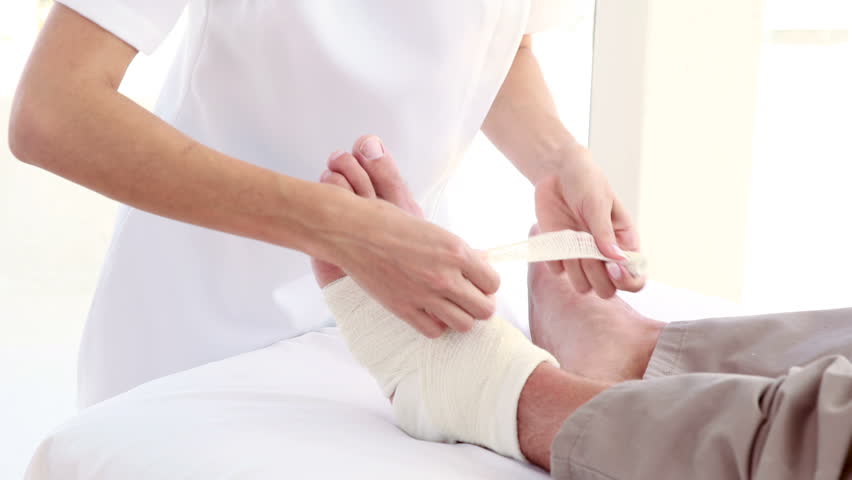How much and how often to bandage, is a question that even medical professionals grapple with as there is no definite answer. It’s less a matter of confusion and rather more of diversion of opinions. One thing however which is always is met with widespread unanimity is that bandaging is a highly effective technique for wound management. It is very helpful way to provide compression and support to the wound and facilitate healing.
Bandages are used when the wound requires safety and protection from various other factors such as friction, contact or trauma. There is the on-going practice of bandaging a blister, erosion or wound in case the wound is bleeding or draining. More so, compression is used when there is the need of a topical treatment for infection for the wound. Wound assessment during the dressing change is also done for further relief and effective management.
In addition, bandaging is important for shallow cuts, scrapes and abrasions as these are not minor injuries and need immediate and proper care. First-aid kits should have bandages so that the primary treatment is offered on an immediate basis and sufferers are helped along with quick healing. This is how minor injuries are saved from being infected.
Why bandaging?
We know bandages and dressings are both used extensively in wound management. In bandaging, a piece of cloth is used to either bind or wrap the injured part of the body for quick healing. Available as pads or strips, they also bind a dressing to the wound (a dressing is mostly medication).
Here are some reasons for bandaging a wound-
- To provide protection to wounds
- To promote healing
- Management of moisture through removal or containment
- To hold dressings in place to promote efficient healing
- Used to relieve the pain
- To provide pressure, support and compression on wounds
- To make patients comfortable
- To avoid injuries from infection
- Provide maximum strength with no wear and tear
- To provide absorbency to wounds
- To keep closed the edges of a wound and reduce bleeding
It is also important to use surface sanitizing wipes in this case to clean any open wounds and to make sure the cut or bruise is completely clean. This is important to avoid infection and any other staff diseases that may arise from an open wound.
Types of bandages
There are different types of bandages available in the market. They differ by specialized shapes or composition material. They are also available for specific parts of the body and can also be improvised.
They are essentially four types of bandages, including –
- Gauze bandage (common gauze roller bandage)
Perhaps the most common and popular type and are available in different widths and lengths. It can be either a simple strip of material or come with absorbent pads as well.
- Compression bandage
They can either be of short or long stretch. The former is used when not a lot of pressure is needed while the latter offers high compression strength.
- Triangular bandage
Basically a piece of cloth used as a triangle where safety pins are used to keep it in place. It’s basically a makeshift arrangement and can be made from any fabric.
- Tube bandage
This kind of bandage online is often used to support dressings or splints on to limbs. It also offers support to strains or sprains.







